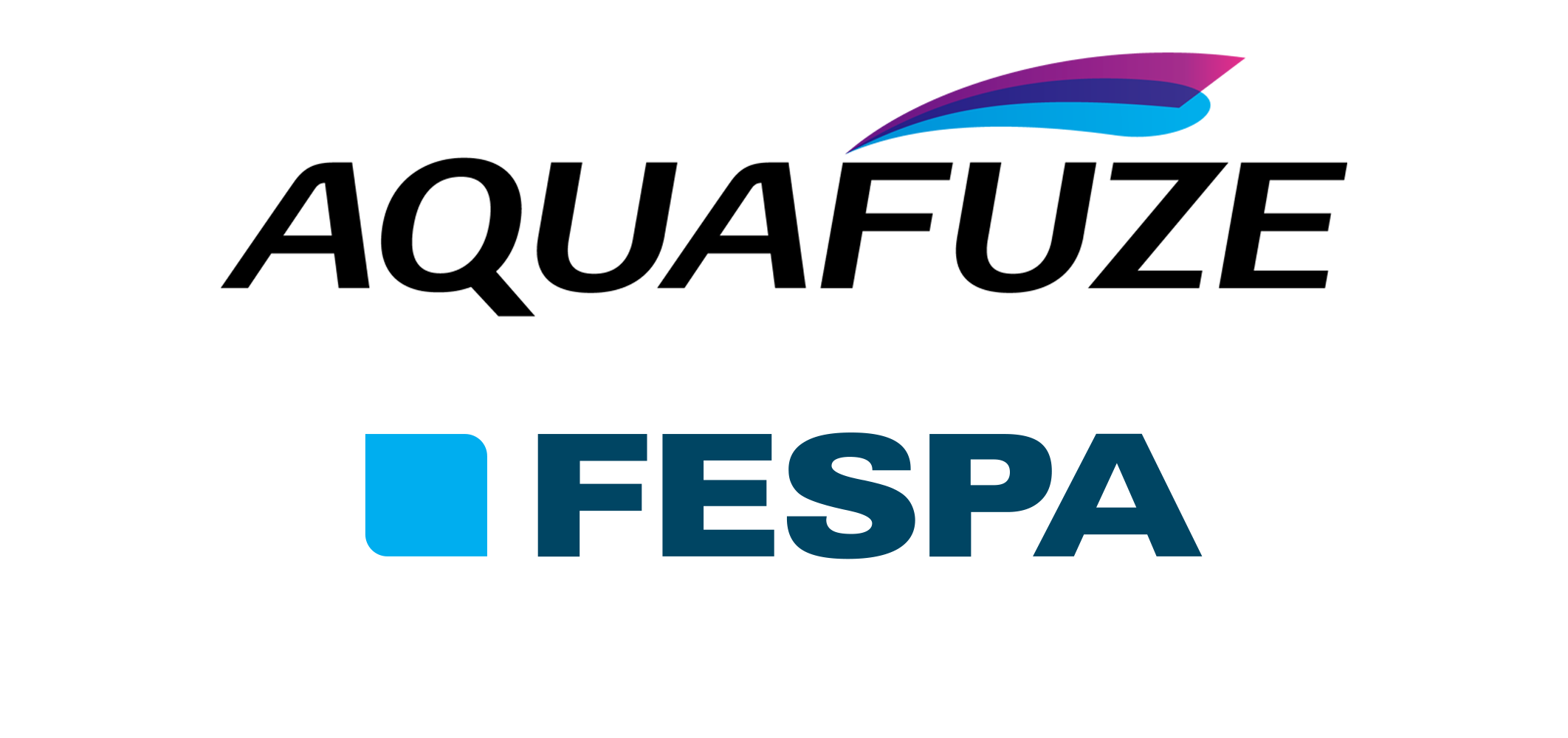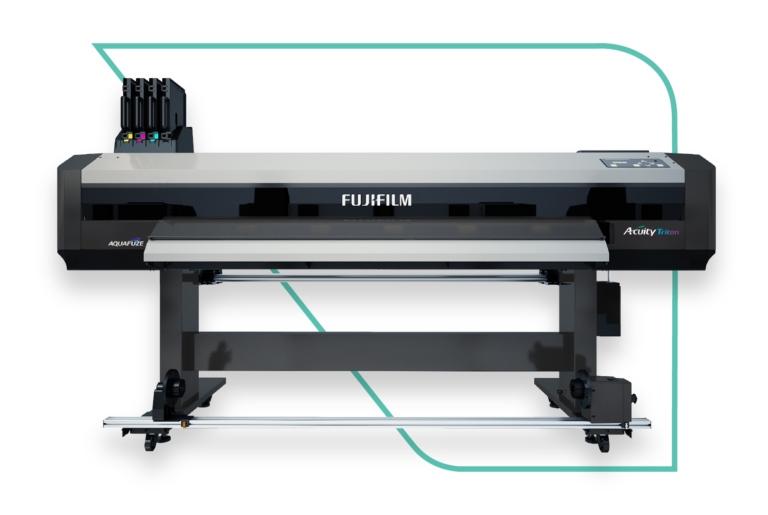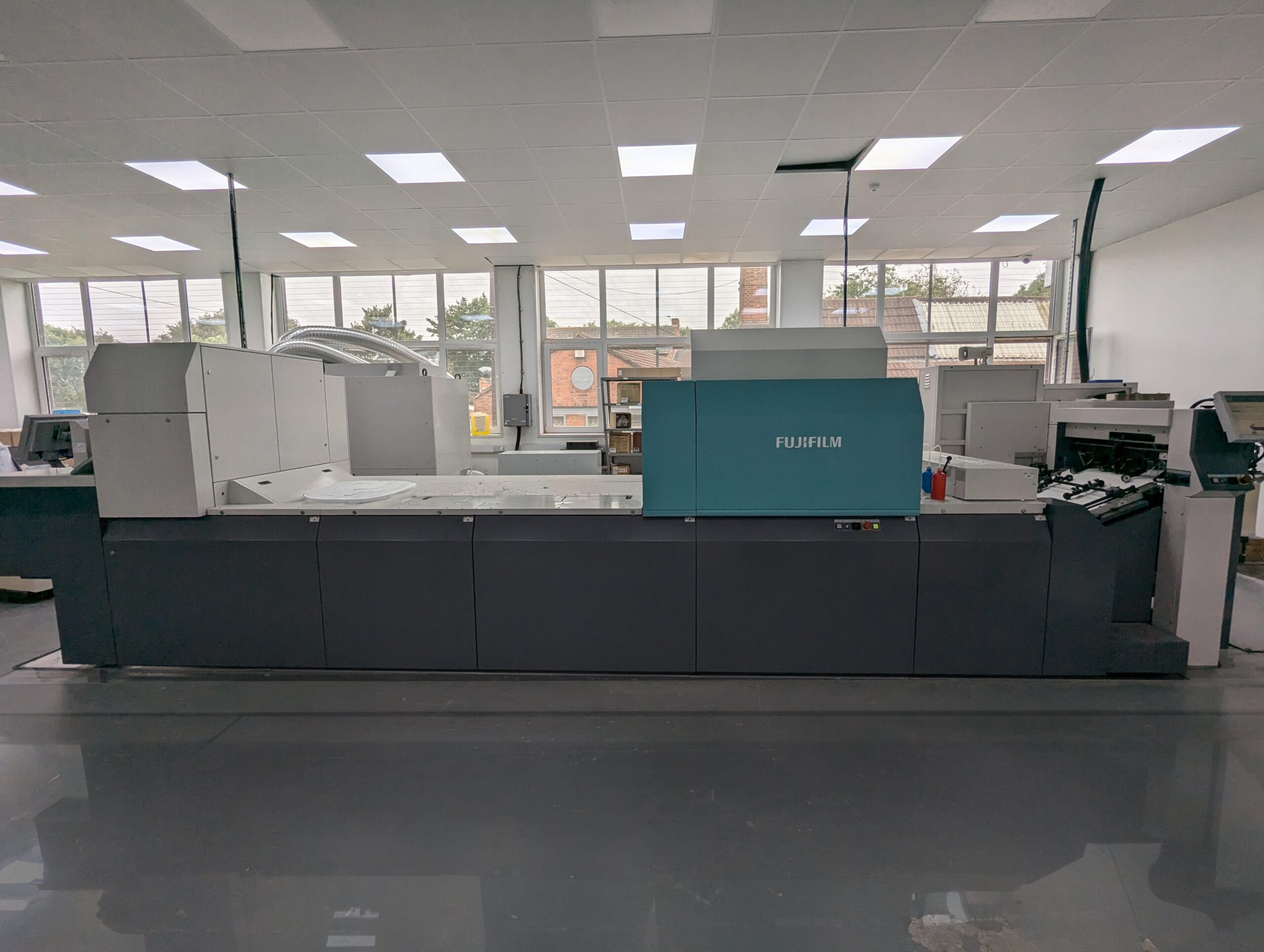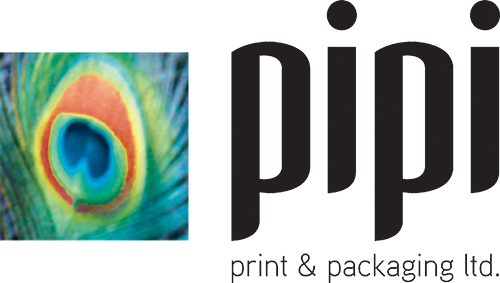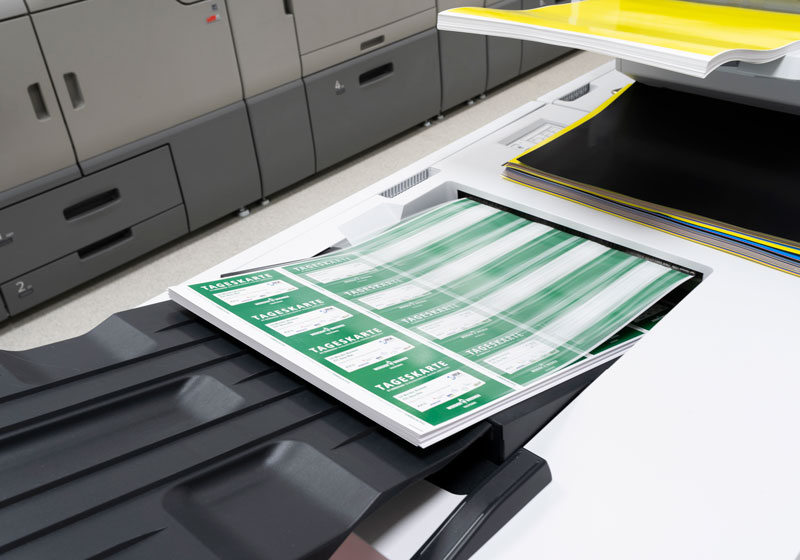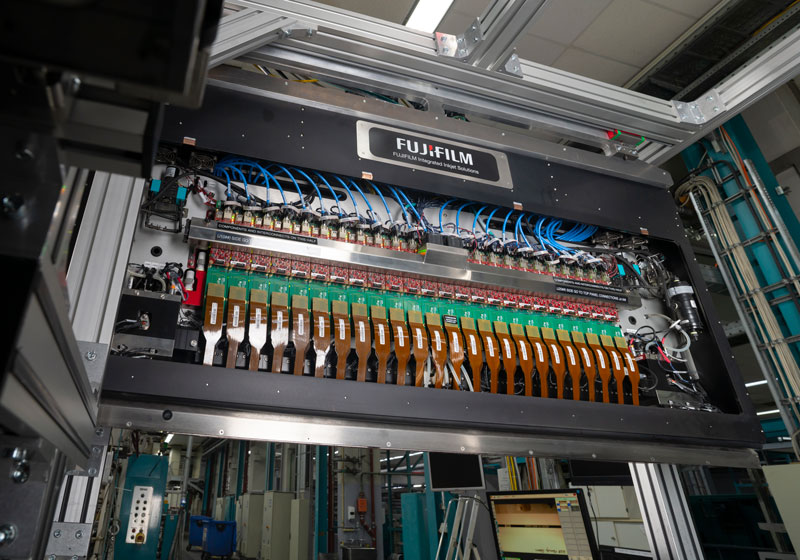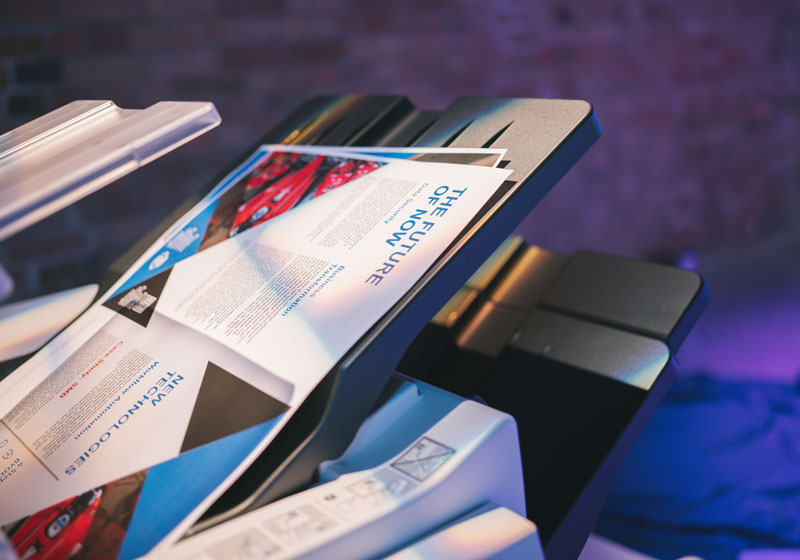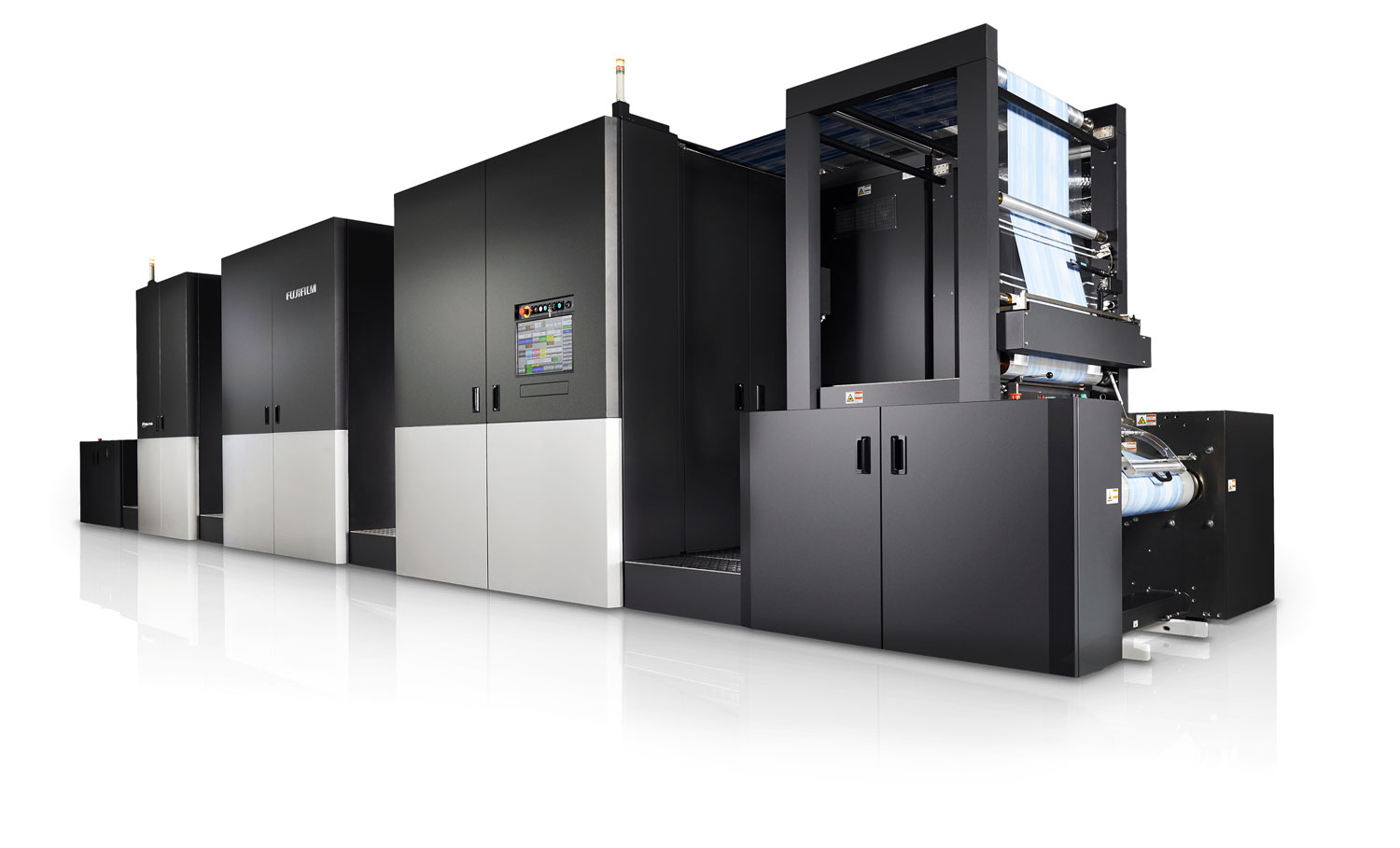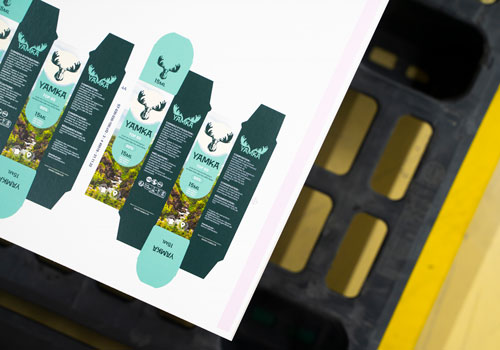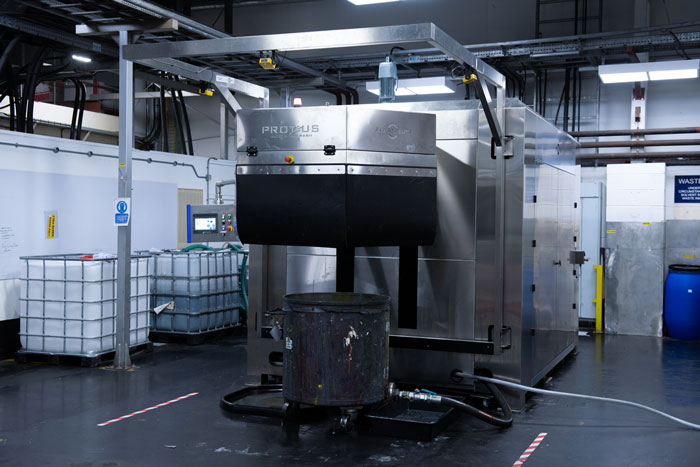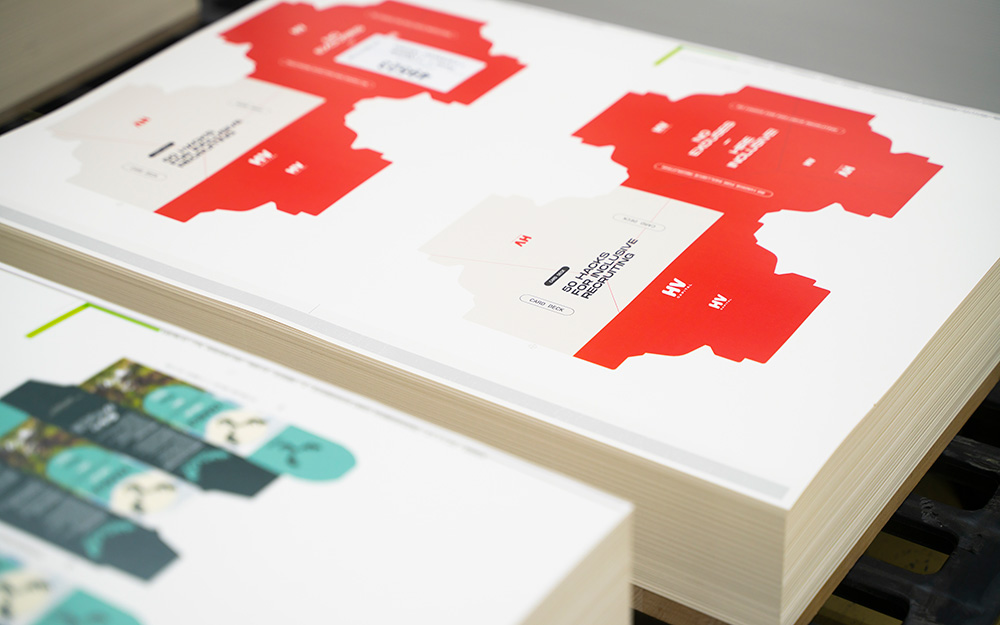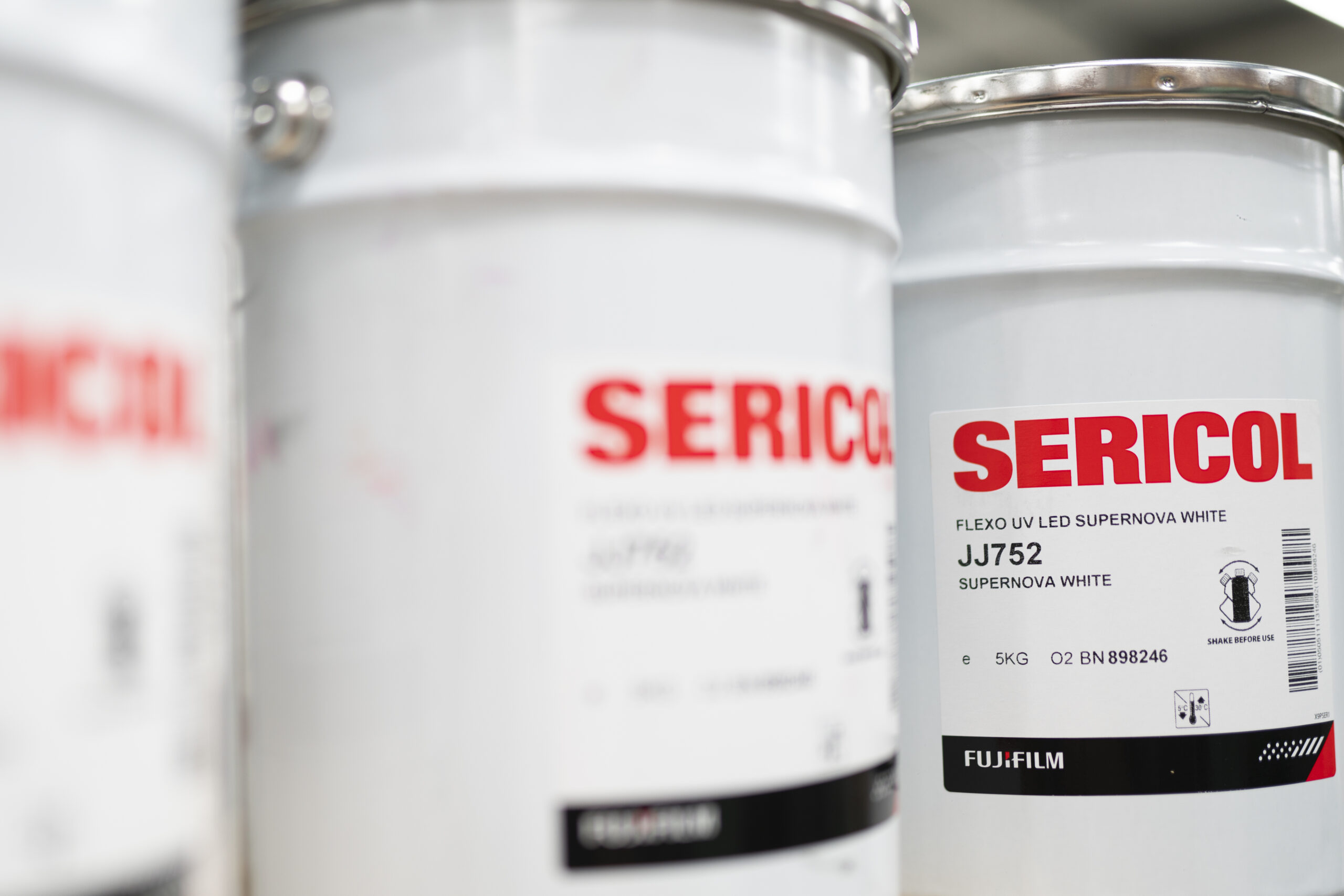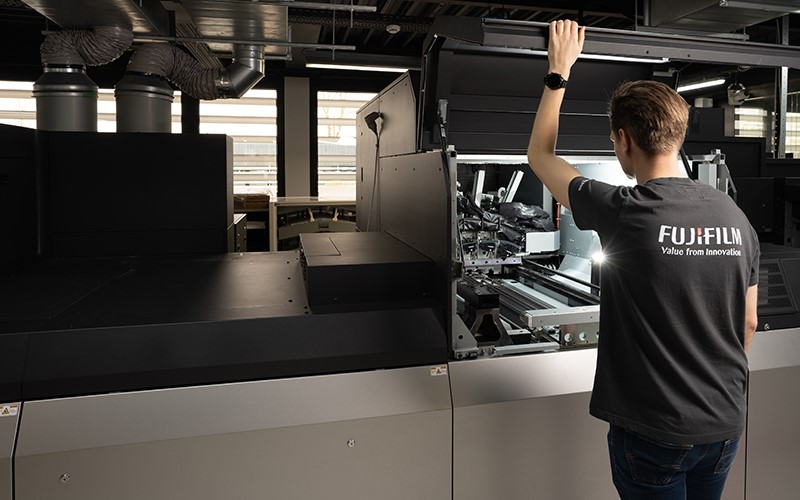Choć maszyna atramentowa Jet Press 1160 firmy Fujifilm na papier ciągły może być pewną nowością dla europejskich odbiorców, to w regionie Azji i Pacyfiku oraz w Japonii jest bardzo dobrze znanym liderem rynku, z ponad 200 zainstalowanymi urządzeniami, których liczba stale rośnie. Grzegorz Szymanko, europejski dyrektor ds. marketingu w Fujifilm, odpowiedzialny za druk komercyjny, wyjaśnia tajemnice jej sukcesu.
Przeczytaj artykuł
Czas czytania: 7 minut
Zaufana technologia i dziedzictwo
Zdobycie pozycji jednej z najlepiej sprzedających się szybkich drukarek atramentowych w regionie APAC i wyraźnego lidera w swojej klasie na tak zróżnicowanym i konkurencyjnym rynku nie jest przypadkowe. Pozycja lidera rynku wynika nie tylko z innowacyjności, ale także z wieloletniej reputacji niezawodności, gruntownej znajomości lokalnych oczekiwań w zakresie drukowania oraz uwzględnienia szeregu starannie zaprojektowanych funkcji mających zaspokoić konkretne potrzeby rynku.
Wspomniany lider rynku, model Jet Press 1160CF, odniósł sukces, spełniając oczekiwania dotyczące druku książek edukacyjnych, przesyłek reklamowych, druku transakcyjnego i mniej wymagających zastosowań komercyjnych realizowanych głównie na papierach niepowlekanych i matowych papierach powlekanych.
W przeciwieństwie do wielu konkurentów, bogata historia Fujifilm w druku offsetowym, od farb po płyty, oznacza, że firma jest niezawodnym partnerem dla drukarni komercyjnych w całym regionie Azji i Pacyfiku od wielu lat. To ugruntowane dziedzictwo jest ważne, zwłaszcza w branży, w której niezawodność bezpośrednio wpływa na zadowolenie klienta i ciągłość działalności.
Ale samo dziedzictwo nie zapewnia pozycji lidera rynku. Model Jet Press 1160CF wyróżnia się spełnianiem oczekiwań zarówno pod względem wysokiej jakości, jak i wysokiej produktywności. Stało się to szczególnie ważne w sytuacji, gdy wolumeny druku offsetowego maleją, a terminy realizacji są coraz krótsze. Dla wielu drukarni komercyjnych tradycyjne nakłady offsetowe po prostu stały się mniej opłacalne. W rezultacie coraz częściej sięga się po druk cyfrowy, a maszyny atramentowe na papier ciągły, takie jak Jet Press 1160CF, okazały się idealnym wyborem dla tych, którym zależy na takiej samej wydajności, jak w druku offsetowym, bez pogorszenia jakości wydruków i zadowolenia klientów.
Zwłaszcza możliwość utrzymania stałej, wysokiej jakości przy dużej prędkości druku na szerokiej gamie podłoży sprawiła, że model Jet Press 1160CF stał się atrakcyjną alternatywą dla druku offsetowego w sektorze komercyjnym w regionie Azji i Pacyfiku. W wielu przypadkach maszyna pomogła drukarniom z powodzeniem przenieść zadania nisko- i średnionakładowe z druku offsetowego na cyfrowy, a także spełnić zmieniające się oczekiwania klientów co do szybkości, elastyczności i zrównoważonego rozwoju.
Model Jet Press 1160CF zapewnił też atrakcyjną ścieżkę migracji dla użytkowników maszyn atramentowych starszej generacji, którzy oczekują mniejszego śladu węglowego, niższego zużycia energii i atramentu na nośnikach niepowlekanych lub matowych nośnikach powlekanych.
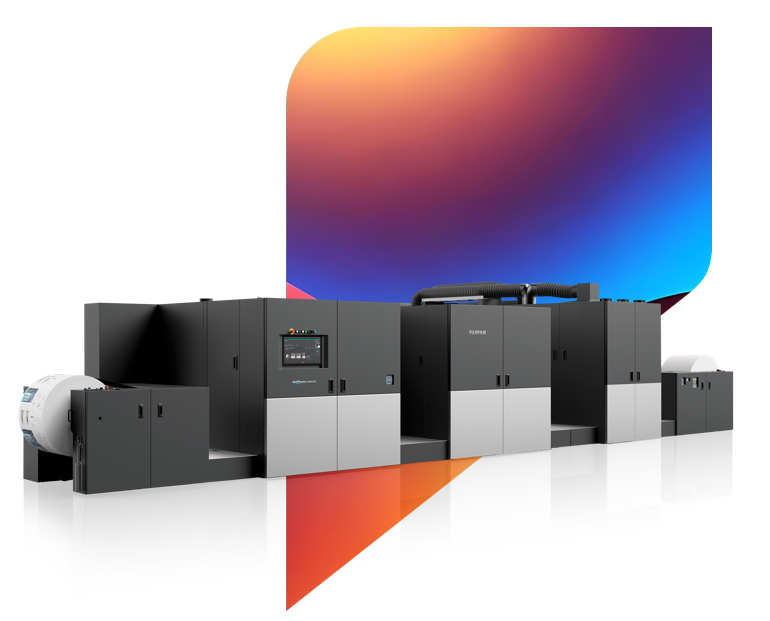
Promowanie bardziej zrównoważonego drukowania
Kolejną zaletą maszyny Jet Press 1160CF okazał się zrównoważony rozwój. Technologie cyfrowe, takie jak ta, naturalnie eliminują wiele niedoskonałości druku offsetowego, od produkcji płyt i użycia chemikaliów, po straty papieru związane z długim narządzaniem. Na dodatek, produkcja niskonakładowa i na żądanie wspiera nowe, bardziej efektywne modele biznesowe, minimalizując odpady i nadwyżki lub niesprzedane zapasy. Wszystkie te zalety mają stać się kluczowymi czynnikami przy podejmowaniu decyzji zakupowych do 2032 roku (patrz „Przyszłość druku cyfrowego do 2032 r.”, tabela E1 autorstwa Smithers). Maszyna Jet Press 1160CF okazała się doskonałym wyborem w kontekście celów zrównoważonego rozwoju przyjętych przez wiodące na rynku drukarnie komercyjne z regionu Azji i Pacyfiku.
Wspieranie rozwoju firm
Jednym z doskonałych przykładów tego, jak Jet Press 1160CF pomaga dostawcom usług poligraficznych rozwijać ich działalność, jest koreańska firma Twin Bell Media, która zainstalowała dwie maszyny atramentowe Jet Press 1160CF do obsługi różnorodnych zastosowań dla uniwersytetów, instytucji edukacyjnych, organizacji publicznych i wydawnictw, na nośnikach niepowlekanych i matowych nośnikach powlekanych.
Jednym z doskonałych przykładów tego, jak Jet Press 1160CF pomaga dostawcom usług poligraficznych rozwijać ich działalność, jest koreańska firma Twin Bell Media, która zainstalowała dwie maszyny atramentowe Jet Press 1160CF do obsługi różnorodnych zastosowań dla uniwersytetów, instytucji edukacyjnych, organizacji publicznych i wydawnictw, na nośnikach niepowlekanych i matowych nośnikach powlekanych.
Elastyczność w różnych zastosowaniach
Choć model Jet Press 1160CF został opracowany przede wszystkim z myślą o nośnikach niepowlekanych i matowych nośnikach powlekanych, ciesząc się popularnością w regionie Azji i Pacyfiku oraz w Japonii wśród użytkowników, którzy koncentrują się na konkretnym segmencie zastosowań, firma Fujifilm wprowadziła na targach drupa 2024 model Jet Press 1160CFG. Ta nowa wersja maszyny jest wyposażona w stabilizator papieru, który zapewnia jeszcze wyższą jakość obrazu na szerszym zakresie nośników, od papierów niepowlekanych i poddanych obróbce atramentowej, po offsetowe papiery powlekane (w tym powlekane błyszczące).
Obecnie seria Jet Press 1160 spełnia oczekiwania na obu frontach. Obie maszyny, wyposażone w hybrydowy atrament pigmentowy na bazie wody, obsługują teraz jeszcze szerszy zakres nośników, zapewniając jakość na poziomie offsetowym, przy prędkości druku do 160 metrów na minutę na nośnikach niepowlekanych i 80 metrów na minutę na nośnikach powlekanych. Dzięki temu stanowią atrakcyjną alternatywę w środowiskach, w których zarówno produktywność, jak i precyzja mają ogromne znaczenie.
Operatorzy mogą dostosować prędkość druku w zakresie od 20 do 160 metrów na minutę, w zależności od zastosowania lub podłoża. Pozwala to kontrolować jakość i optymalizować koszty. Oferuje również narzędzia do profilowania, które umożliwiają szybkie ustawienie nośnika w ciągu zaledwie kilku minut, skracając czas przestoju i ułatwiając przełączanie między typami papieru. Dzięki maksymalnej szerokości nośnika wynoszącej 546 mm, obie maszyny idealnie nadają się do takich zastosowań, jak druk książek, czasopism, katalogów, przesyłek reklamowych, druku transakcyjnego, transpromocyjnego i innych.
Kolejną znaczącą zaletą serii Jet Press 1160 są hybrydowe atramenty pigmentowe na bazie wody. Ten innowacyjny atrament został specjalnie opracowany do druku na powlekanym i niepowlekanym papierze offsetowym bez konieczności stosowania podkładu. Ta unikatowa cecha upraszcza proces drukowania, eliminując potrzebę wstępnego powlekania, redukuje zużycie dodatkowych chemikaliów i energii oraz zapewnia doskonałe utrwalanie atramentu i kształt punktów na wymagających podłożach, szczególnie w połączeniu z precyzyjną kontrolą wilgotności w stabilizatorze papieru zastosowanym w maszynie Jet Press 1160CFG.
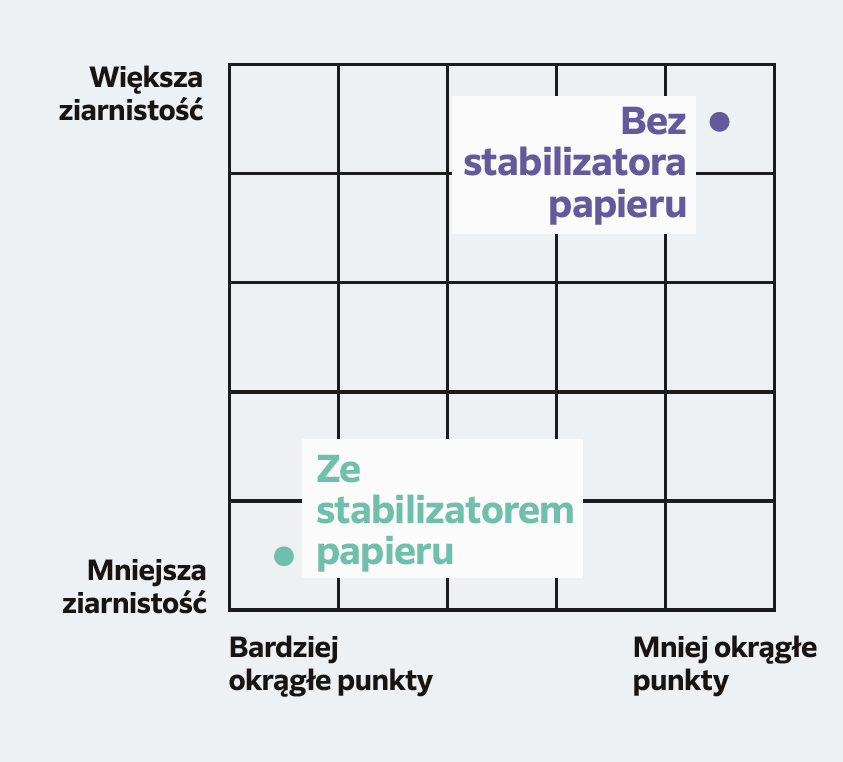
Patrząc w przyszłość
Wczesne wprowadzenie w Japonii, Korei i Australii położyło podwaliny pod przywództwo Fujifilm w regionie. Fujifilm od wielu lat jest silnym graczem w tej dziedzinie, mając ponad 200 zainstalowanych maszyn atramentowych na papier ciągły. W miarę jak coraz więcej firm poligraficznych rezygnuje z druku offsetowego na rzecz druku cyfrowego, co wynika z presji kosztowej, wymogów dotyczących zrównoważonego rozwoju i potrzeby szybkości, seria Jet Press 1160 ma dobre warunki do dalszego rozwoju. Część tego wzrostu w regionie EMEA zostanie osiągnięta dzięki modelom Jet Press 1160CFG (już dostępny) oraz Jet Press 1160CF (dostępny w regionie EMEA wrd 3. kwartale 2025 roku).
Firma Fujifilm będzie nadal rozwijać swoją ofertę urządzeń atramentowych, opierając się na trzech filarach: druku atramentowym na papier ciągły, druku atramentowym arkuszowym oraz cyfrowym druku fleksograficznym, co zapewni jej solidne podstawy do obsługi pełnego zakresu modeli biznesowych, zastosowań i segmentów rynku. Dlatego uzupełnienie serii o model Jet Press 1160CF, wyposażony w szereg rozwiązań związanych z przepływem pracy, podawaniem i wykańczaniem, umocniło pozycję Fujifilm jako wiodącego gracza w dziedzinie atramentowego druku komercyjnego.
Dlaczego więc maszyny atramentowe Fujifilm na papier ciągły są liderem w regionie APAC? Wskazówki są jasne: duża popularność, zaufanie do marki i jej dziedzictwo, elastyczność zastosowań oraz przewaga konkurencyjna pod względem jakości i zrównoważonego rozwoju – wszystko to sprawia, że model Jet Press 1160CF jest wyraźnym liderem rynku w tym regionie.
Choć rynek europejski ma swoje wyzwania, firma Fujifilm wierzy, że przepis na sukces, który opiera się na jakości, wszechstronności i zaufaniu, sprawdza się wszędzie. Firma jest przekonana, że to, co zadziałało w Tokio i Seulu, równie dobrze może zadziałać w Berlinie i Barcelonie. W końcu, jak podsumowuje Grzegorz Szymanko – „Presja, z jaką mierzą się drukarnie komercyjne, może się nieznacznie różnić w zależności od regionu, ale podstawowe wymagania są takie same: robić więcej i szybciej za mniej. I dla wielu osób w regionie Azji i Pacyfiku model Jet Press 1160CF już udowodnił, że jest właściwym rozwiązaniem”.
Jet Press 1160
Dowiedz się więcej o rozwiązaniach firmy Fujifilm do druku komercyjnego:
Odkryj więcej